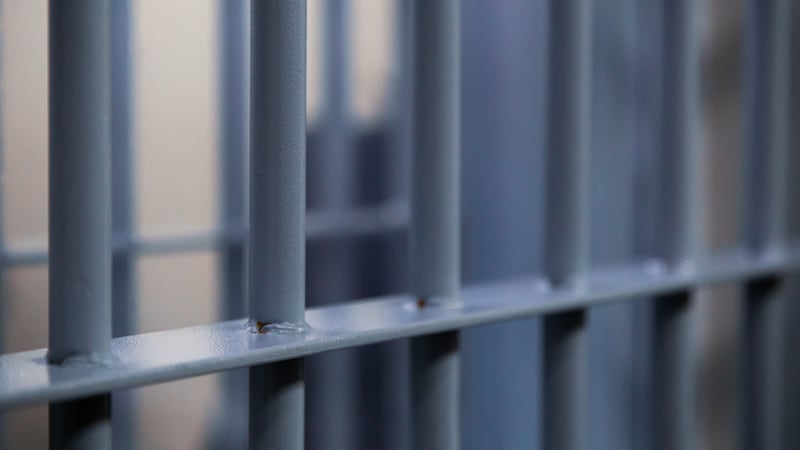The self-service revolution: How kiosks are reshaping fast-casual dining
Ordering a burger used to just involve a quick chat with the cashier. Now, you’re probably just tapping a screen. In the last five years, self-service kiosks have quietly taken over fast-casual spots, changing the way we order food.
This isn’t just about speed. It’s about saving money and making the entire experience smoother. Chains like McDonald’s and Panera were early adopters, showing that kiosks can cut wait times and keep things running more efficiently.
In this piece, CheapInsurance.com breaks down how the biggest players — and a few smaller ones — are using kiosk tech to change the game. You'll see when they made the switch, how their systems work, and what it all means for the future of dining out.
1. McDonald’s: How the fast-food king went digital
McDonald's first tested self-service kiosks way back in 2003, but things really took off in 2015. That's when the company committed to bringing kiosks to all 14,000 U.S. locations. By 2018, they were upgrading 1,000 stores every quarter under a big push called the "Experience of the Future."
Their bet paid off fast. In the first year, sales jumped 5–6%. The next year, they climbed another 2%. Former CEO Steve Easterbrook said kiosks made people linger and order more, basically leading to bigger tabs without any upselling.
Now, kiosks are standard in places like Canada, the U.K., and Australia. The U.S. is still rolling them out, but it’s moving fast.
2. Panera Bread: Fast-casual’s kiosk trailblazer
Panera jumped ahead of the curve in 2014 with "Panera 2.0," a major digital upgrade that introduced iPad-based "Fast Lane" kiosks. These systems work alongside cashiers, not in place of them. Backed by a $42 million investment, roughly $125,000 per store, Panera took a big swing to make the customer experience smoother.
The kiosks let you build your order visually and customize every detail. The machines can get smarter thanks to the MyPanera integration, which gives personalized suggestions to customers. Panera also rethought the flow inside stores, setting up different lanes for dine-in and takeout to keep things moving.
Panera started small, launching in 14 cafes across two markets. But by 2015, they had rolled out more than 700 kiosks in over 100 locations. Former CEO Ron Shaich said it was all about removing the pain points — long lines, slow service — and making sure orders came out right.
3. Shake Shack: Where premium burgers go high-tech
Shake Shack jumped into the kiosk game in 2017 with a few test runs. Fast forward to 2023, and nearly 250 locations had kiosks, with plans to roll them out across every store by year’s end.
And it’s working. Kiosks are now Shake Shack’s top-performing in-store channel, pulling in bigger orders than the front counter. They’ve also cut 50 labor hours a week per location and doubled year-over-year sales at stores with kiosks.
Customers are all in, too. CFO Katie Fogertey said most people head straight to the kiosks without a second thought.
4. Yifang Taiwan Fruit Tea: Kiosks meet custom bubble tea
Yifang Taiwan Fruit Tea has brought kiosks into the bubble tea world. Many shops now have tap-to-pay stations and big display screens that show live order updates and wait times.
It's a slick setup that makes customizing fruit teas and toppings faster and easier. Plus, it cuts down on miscommunication, which is especially helpful for international customers, so people get exactly what they want.
Even with the tech boost, the vibe stays the same. Reviews say the kiosks help Yifang keep service consistent across different spots.
5. Homegrown (Seattle): A digital-only ordering experience
Seattle’s Homegrown has fully embraced self-service. No cashiers, no counter talk; just digital kiosks. Every order runs through a touchscreen, tip prompts included, with minimal face-to-face interaction.
It fits their fast-paced, health-focused setup. Regulars breeze through the process. But for first-timers, customizing orders can be a bit clunky.
Still, for the tech-comfortable crowd, the kiosks do their job: fast, efficient, and on-brand with Homegrown’s grab-and-go style.
Industry trend: Fast-casual goes fully digital
Some chains are skipping the counter altogether and going all-in on digital. In 2022, Panera rolled out its first "Panera To Go," which currently only provides takeout and delivery. Staffing is minimal, and everything runs through digital channels.
It’s not a one-off. With 81% of Panera’s sales now coming from off-premise options like app orders, rapid pickup, and delivery, this setup just makes sense. It slashes overhead and gets food out faster.
As more brands test the same model, fast-casual spots are starting to look less like restaurants and more like sleek, efficient pickup stations.
The future of restaurant tech
Kiosks aren’t just a passing trend; they’re changing how restaurants run. Chains that use them are seeing the payoff: lower labor costs, bigger orders, faster service, and fewer mistakes. They also make it easier for customers to tweak their meals just the way they want.
There are some downsides to this setup, however. Considering that some installs run up to $125,000 per store, it doesn’t come cheap. Some customers get tripped up by the interface, and staff still need to know the tech so they can jump in when things go sideways.
Kiosks will keep evolving. Expect tighter links with apps and delivery services. More regional players will also likely get on board. The real trick will be keeping things efficient without losing the personal touch that makes dining out feel human.
Kiosks are setting the stage for smarter, more flexible restaurants.
This story was produced by CheapInsurance.com and reviewed and distributed by Stacker.






